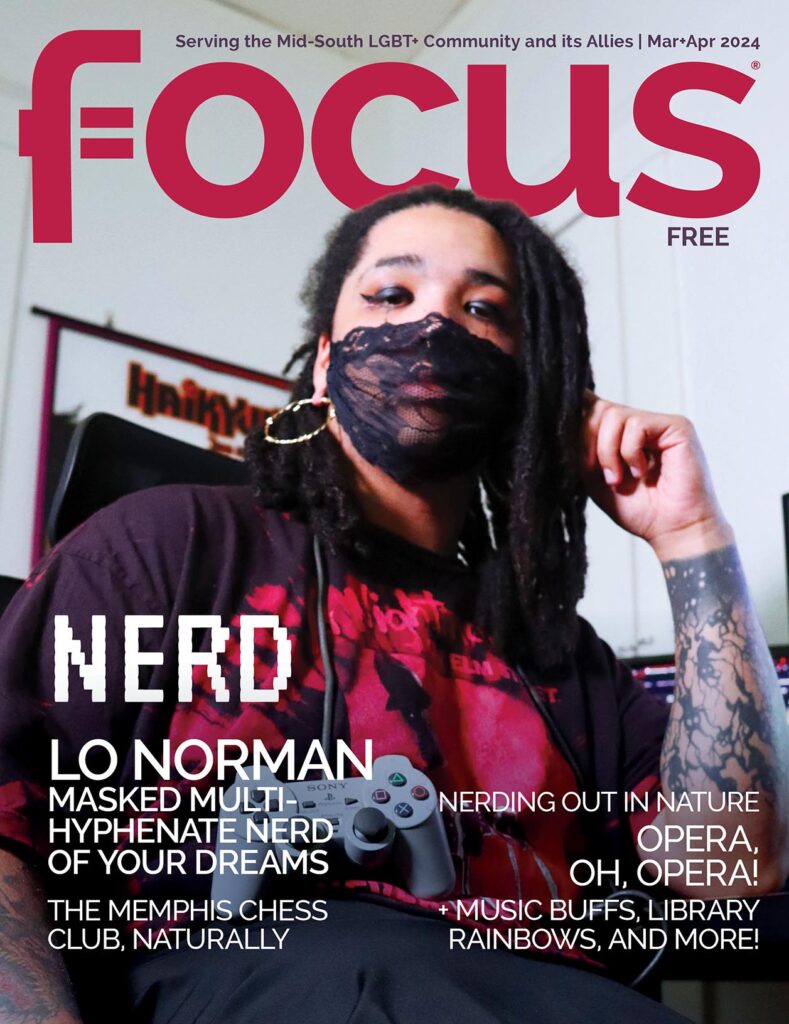by Lauren Means
Labor Day. For many people, it is synonymous with lake days, barbecues, and a three day weekend. There is so much more behind this first Monday in September. Labor Day was founded as a dedication to the social and economic contributions and achievements of American workers.
The recognition of Labor Day began with municipal ordinances passed in 1885 and 1886. From these ordinances, state legislation was passed starting with Oregon in 1887. By 1894, 31 states had adopted the holiday. On June 28, 1884, Congress passed an act making the first Monday in September of each year a legal holiday in the District of Columbia and the territories.
Fast forward to the 20th century and the focus was on the labor movement and labor unions. This is also where we can begin to see the struggle and emergence of the LGBT+ community in terms of labor equality. In the 1930s, the National Union of Marine Cooks and Stewards (NUMCS) elected a vice president, Stephen Blair, who was openly gay. The NUMCS was dubbed the “red, black, and queer” because of their strong liberal views and embracing of minority rights.
In the 1970s, Harvey Milk and the Teamsters took on Coors during the Coors beer boycotts. They worked together again to defeat the Briggs Initiative, which sought to ban gay people from teaching in California public schools. In 1979, the AFL-CIO made its first call for a federal law banning discrimination based on sexual orientation and during the AIDS crisis, nurses in California demanded dignity for their patients when the HIV crisis first ravaged the gay community.
More recently, the LGBT+ community and labor unions have joined together to call for the repeal of the Defense of Marriage Act and to endorsed the Employment Non-Discrimination Act.
So while you are enjoying your barbecue on the lake over your three day weekend, take a moment to remember those who have fought for our labor laws and reflect on how you can help be an agent of change in ensuring labor equality for ALL people.


